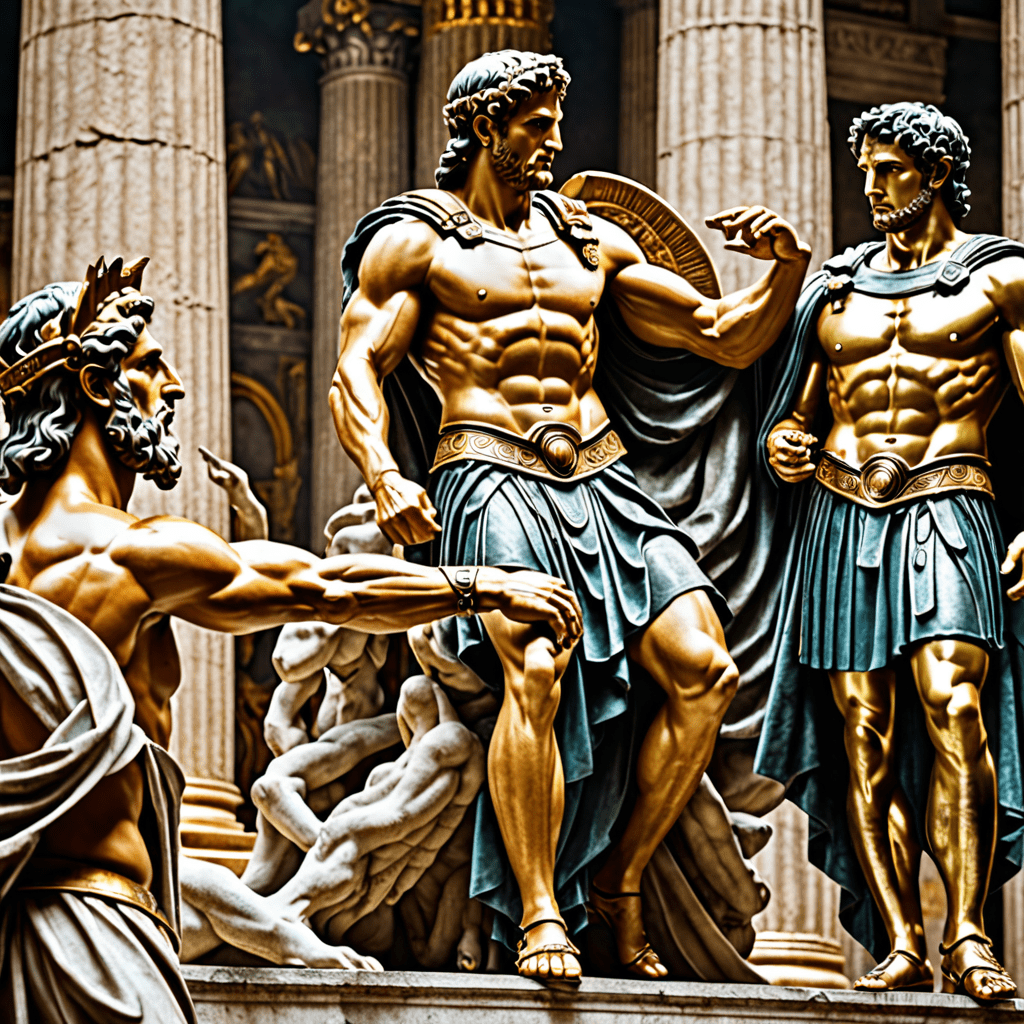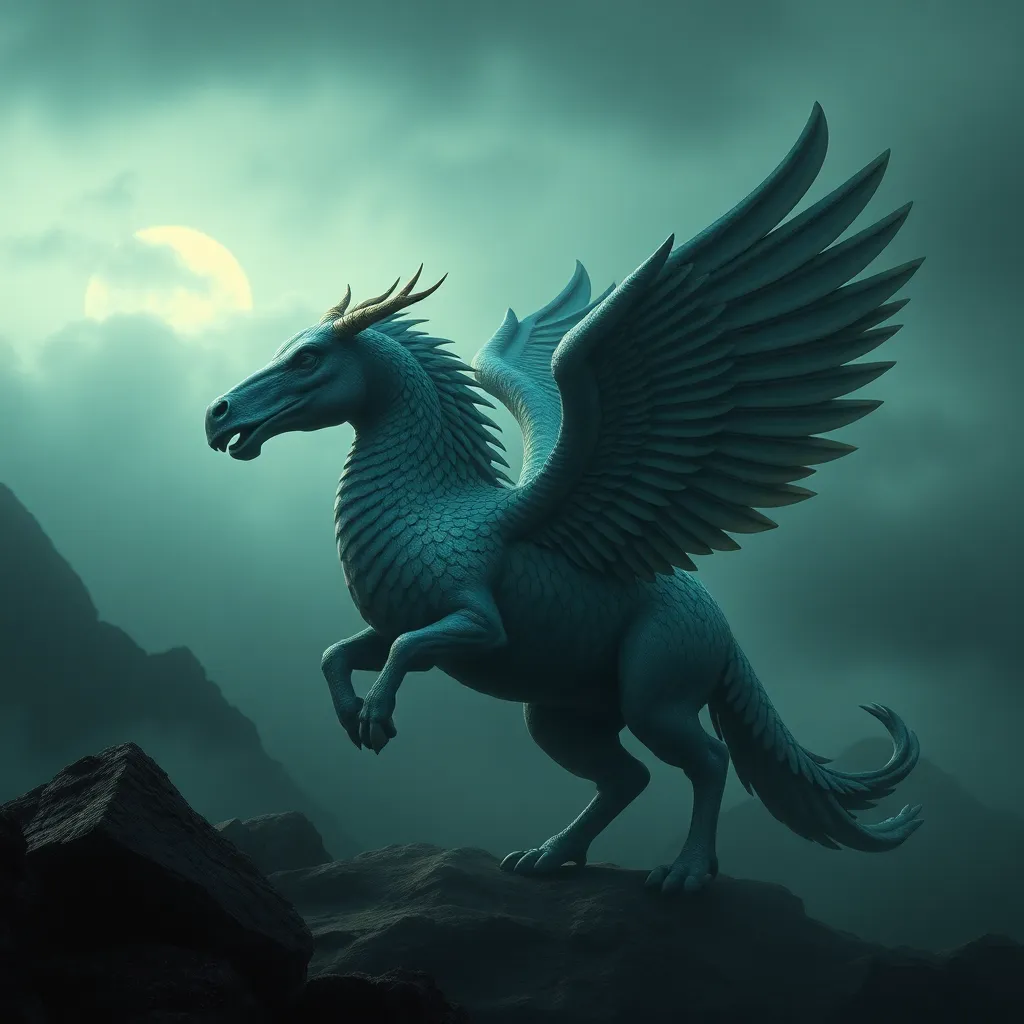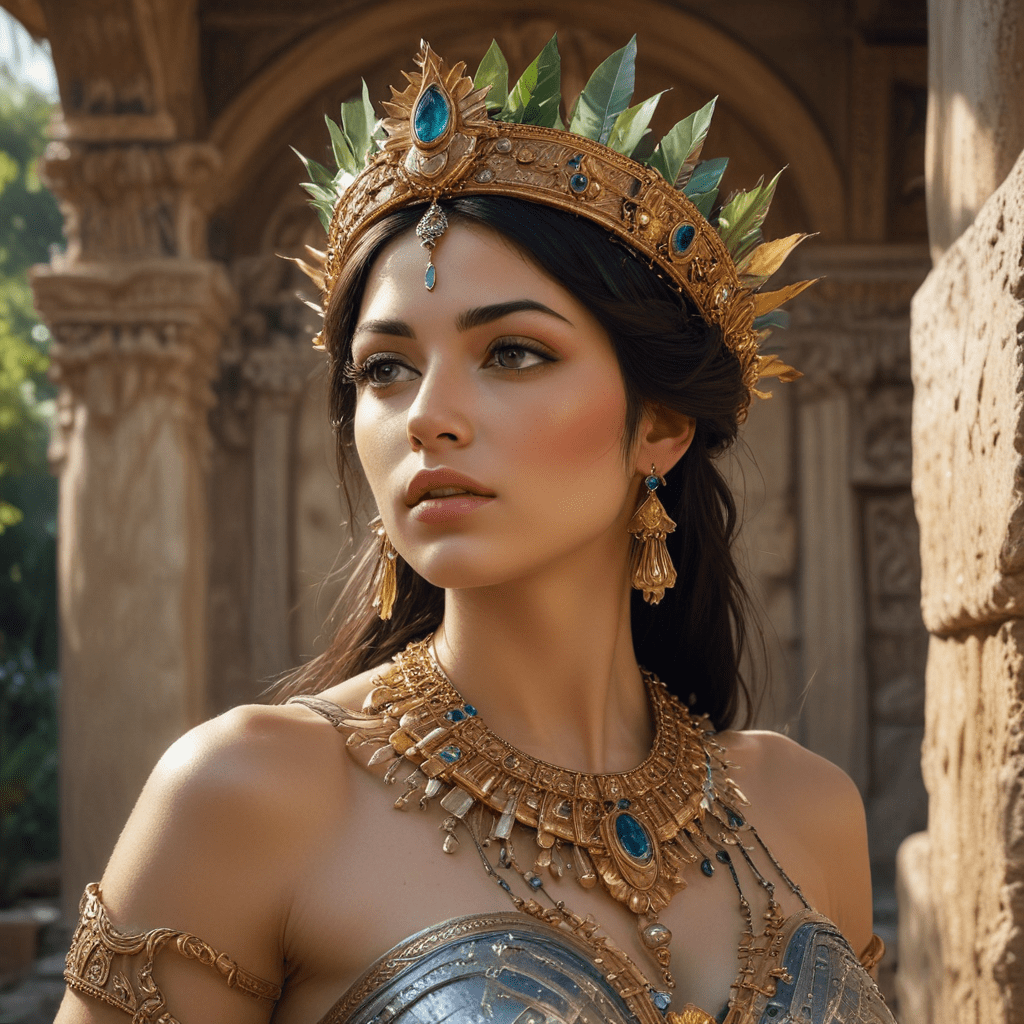The Symbolism of Colors in Persian Mythology
1. Introduction: Colors and the Persian Worldview
Colors have always played a significant role in shaping human perception and understanding of the world. In ancient Persia, colors were not merely aesthetic elements but profound symbols embedded with deep cultural and spiritual meanings. Each color held a unique significance, reflecting the Persian worldview and their understanding of the cosmos, human nature, and the divine.
The Persian mythical narratives, epics, and artistic expressions are replete with symbolic uses of colors, each conveying specific values, beliefs, and emotions. This article delves into the fascinating realm of color symbolism in Persian mythology, exploring the deeper meanings associated with various colors and their impact on understanding the rich tapestry of Persian mythology.
2. White: Purity, Light, and Divinity
White, the color of purity, light, and divinity, occupies a prominent position in Persian mythology. It symbolizes the divine realm, the celestial spheres, and the benevolent forces associated with the Zoroastrian god Ahura Mazda. White represents truth, righteousness, and the pursuit of spiritual enlightenment. In many mythical tales, white garments signify the purity and holiness of the characters, often associated with prophets, angels, and divine beings.
The mythical figure of Simurgh, a benevolent bird often depicted with white feathers, embodies the qualities of wisdom, guidance, and immortality. Similarly, the white horse in Persian mythology symbolizes the divine messenger, carrying the souls of the deceased to the afterlife. White thus serves as a powerful symbol of the divine realm, connecting the earthly realm with the celestial spheres.
3. Black: Darkness, Mystery, and the Underworld
In stark contrast to white, black represents darkness, mystery, and the underworld in Persian mythology. It is associated with the forces of evil, chaos, and destruction, often embodied by the evil spirit Ahriman. Black symbolizes the unknown, the hidden aspects of the universe, and the challenges faced by humanity in the face of adversity.
In the epic poem Shahnameh, the black demon Div embodies the forces of darkness and deceit, posing a constant threat to the heroes and their quest for justice. Black also symbolizes death and the underworld, as depicted in the mythical narratives of the Simurgh, where the black mountain represents the abode of death. By associating black with these concepts, Persian mythology explores the duality of existence, highlighting the constant struggle between good and evil, light and darkness.
4. Red: Passion, Power, and Sacrifice
Red, a vibrant and dynamic color, symbolizes passion, power, and sacrifice in Persian mythology. It represents the life force, courage, and the willingness to fight for one's beliefs. Red is often associated with heroic figures, warriors, and martyrs who have sacrificed their lives for a noble cause.
The mythical hero Rostam, known for his bravery and strength, is often depicted wearing red attire, symbolizing his unwavering courage and determination. Red also represents love, passion, and the intensity of human emotions. In the love story of Layla and Majnun, the red rose symbolizes the passionate love and sacrifice of the two protagonists. Through the use of red, Persian mythology explores the complexities of human emotions, highlighting the power of love, sacrifice, and the unyielding spirit.
5. Green: Nature, Fertility, and Renewal
Green, the color of nature, fertility, and renewal, holds a significant place in Persian mythology. It symbolizes the abundance of life, the cyclical nature of existence, and the regenerative power of the earth. Green is often associated with gardens, paradises, and mythical creatures linked to nature.
The mythical Simurgh, often depicted with green feathers, represents the cyclical nature of life, death, and rebirth. Green also symbolizes prosperity, wealth, and the bounty of the harvest. In the epic poem Shahnameh, the green meadows and gardens represent idyllic settings where heroes find solace and rejuvenation. By associating green with these concepts, Persian mythology celebrates the interconnectedness of life, nature, and the cyclical patterns of existence.
6. Yellow: Gold, Royalty, and Wisdom
Yellow, the color of gold, royalty, and wisdom, holds a revered position in Persian mythology. It symbolizes wealth, power, and the divine light of knowledge. Yellow is often associated with the sun, the source of life and enlightenment, and with mythical figures possessing exceptional wisdom and knowledge.
The mythical king Jamshid, known for his wisdom and justice, is often depicted wearing golden attire, signifying his royal authority and enlightened rule. Yellow also represents prosperity, abundance, and the golden age of Persian civilization. In the epic poem Shahnameh, the golden palace of Fereydun symbolizes the era of peace and prosperity under his reign. Through the use of yellow, Persian mythology highlights the importance of wisdom, knowledge, and the pursuit of enlightenment as pathways to a prosperous and just society.
7. Blue: Sky, Water, and Tranquility
Blue, the color of the sky, water, and tranquility, evokes a sense of peace, serenity, and the vastness of the universe. It symbolizes the divine realm, the celestial spheres, and the connection between humanity and the cosmos. Blue is often associated with water, the source of life and purification, and with mythical creatures inhabiting celestial realms.
The mythical bird Huma, often depicted with blue feathers, represents divine guidance, blessings, and the connection between the earthly and celestial realms. Blue also represents peace, tranquility, and the pursuit of spiritual enlightenment. In the epic poem Shahnameh, the blue dome of heaven symbolizes the divine realm, the ultimate destination for the souls of righteous individuals. Through the use of blue, Persian mythology explores the human quest for meaning and connection with the divine.
8. Purple: Nobility, Luxury, and Spirituality
Purple, the color of nobility, luxury, and spirituality, holds a prestigious position in Persian mythology. It symbolizes royalty, power, and the pursuit of divine knowledge. Purple is often associated with mythical figures of high status, prophets, and individuals with exceptional spiritual insights.
The mythical king Kay Kavus, known for his wisdom and pursuit of knowledge, is often depicted wearing purple robes, signifying his royal lineage and spiritual aspirations. Purple also represents luxury, wealth, and the divine grace bestowed upon individuals of noble character. In the epic poem Shahnameh, the purple tent of Rustam symbolizes his heroic status and the divine favor he enjoys. Through the use of purple, Persian mythology highlights the importance of nobility, spirituality, and the pursuit of knowledge as essential virtues for attaining true greatness.
9. Orange: Fire, Energy, and Transformation
Orange, the color of fire, energy, and transformation, symbolizes vitality, passion, and the transformative power of change. It is associated with mythical figures possessing extraordinary strength, determination, and the ability to overcome challenges. The mythical hero Esfandiyar, known for his bravery and determination, is often depicted wearing orange armor, symbolizing his fiery spirit and unwavering resolve. Orange also represents purification, renewal, and the cyclical nature of existence. In the epic poem Shahnameh, the orange flames of the Simurgh symbolize the transformative power of fire, capable of both destruction and regeneration. Through the use of orange, Persian mythology explores the dynamic nature of life, emphasizing the importance of courage, transformation, and the ability to adapt to change.
10. Multicolored: Harmony, Diversity, and Cosmic Unity
The use of multiple colors in Persian mythology symbolizes harmony, diversity, and the interconnectedness of all things. It represents the vastness of the universe, the richness of human experience, and the unity that transcends individual differences. The mythical tapestry of Simurgh, woven with colorful threads, embodies the diversity of life and the harmonious coexistence of different elements within the cosmos. The vibrant colors of Persian miniature paintings and decorative arts reflect the cultural richness and embrace of多样性.
Through the use of multiple colors, Persian mythology celebrates the interconnectedness of all beings, highlighting the importance of harmony, diversity, and the pursuit of unity within the vast tapestry of existence.
FAQ
Q: What is the significance of color symbolism in Persian mythology?
A: Color symbolism plays a profound role in shaping the understanding of the cosmos, human nature, and the divine in Persian mythology. Each color carries specific meanings and values, reflecting the Persian worldview and their understanding of the interconnectedness of all things.
Q: What are some examples of how colors are used symbolically in Persian mythology?
A: White symbolizes purity, light, and divinity; black represents darkness, mystery, and the underworld; red signifies passion, power, and sacrifice; green symbolizes nature, fertility, and renewal; yellow represents gold, royalty, and wisdom; blue evokes peace, serenity, and the connection with the divine; purple signifies nobility, luxury, and spirituality; orange symbolizes fire, energy, and transformation; and multicolored patterns represent harmony, diversity, and cosmic unity.
Q: How does the use of color symbolism enhance our understanding of Persian mythology?
A: By exploring the symbolic meanings of colors, we gain deeper insights into the values, beliefs, and worldview of the ancient Persians. It allows us to appreciate the richness of their mythology and the intricate connections between the earthly realm and the celestial spheres.
Q: What are some other aspects of Persian mythology that are值得注意?
A: Persian mythology is renowned for its epic narratives, such as the Shahnameh, its captivating mythical creatures, including the Simurgh and the Div, and its rich symbolism embedded in various elements, including colors, numbers, and natural phenomena.



